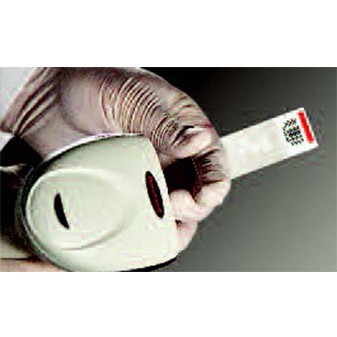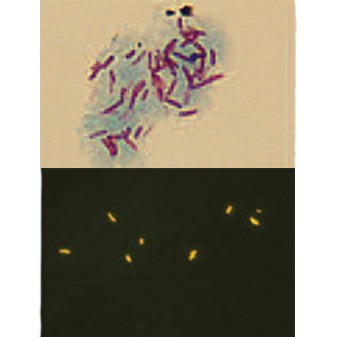Aerospray® TB / Series 2
Description

STAINING THE HIGHEST QUALITY RELIABILITY OF OPERATION
Innovative solutions for automated staining TB
With the new Series 2, ELITech increased automation of various TB staining techniques used throughout the world.
Characteristics
New technology and its capabilities
- Unparalleled ease of use with the possibility of programming on the touch screen help function, the choice of language and the ability to upload an update by USB.Zabezpieczenie multilevel administrative passwords, QC reminders, maintenance, and alerts for low levels of chemicals or high-level waste.
- More control capabilities using the device and export data, including date / time, the reagents and the user ID and samples, as well as the history of operations. The system also includes a barcode reader, which ensures error-free operation.
Portmanteau
Fresh reagent used in the form of a spray, the guides are mounted on a rotary carousel. Samples come in contact only with fresh dyeing precisely controlled from separate spraying nozzles. There is no cross-contamination and guarantees a high precision.
ECONOMICS
Aerospray TB is extremely economical. Programmable significantly reduces the volume of reagents necessary for staining partial, and thus greatly reduces the costs of the reagents.
QUICK RESULTS
In a short cycle time - 4.5 minutes Aerospray TB can stain more than 150 samples per hour. (up to 400 with optional positional carousel 30). There is no need to wait for dry preparation; They are ready to read at the end of the dyeing cycle.
EASE OF USE
Simply select the appropriate program. Aerospray TB operates independently and precisely controlling all phases of the dyeing cycle with perfect repeatability. Automated cleaning and rinsing nozzles after each dyeing cycle ensures error-free operation without user intervention.
Cytocentrifuge as an additional option
With optional Cytopro® Aerospray TB becomes excellent cytocentrifuge an eight formulations with minimal costs compared to standard cytocentrifuge.

Application and conditions

Using Aerospray staining TB
TB Aerospray sample staining microorganisms, which were transferred to microscope slides, along with materials such as digested sputum bacterial culture medium, body fluids or secretions. The reagents are designed to guarantee excellent results using the device Aerospray. This device provides a wide range of settings coloring of many possible variables, allowing you to customize staining according to user needs for different types of samples.
PRINCIPLE OF OPERATION
The reagents are applied by spraying from the nozzles of the sample. Staining is quick and precise. Only fresh staining in contact with the sample avoiding cross-contamination and contact with the reagents used.
CHOICE staining procedure:
With a few buttons and changing reagents Aerospray TB may be configured to dyeing or with the Ziehl-Neelsen (ZN technology Elite) without the hassle of hazardous vapors in the phase of heating, or a method of staining Auramine or Auramine / rhodamine.
PRESERVATION
Heating of samples carried out in accordance with conventional procedures by before staining Aerospray TB.
BASIC STAINING
At the beginning of the dyeing cycle is sprayed onto slides dye base (carbol fuchsin or fluorochrome) which penetrates the sample and jebarwi. Excess stain is isolated and rinsed with deionized water to prevent the formation of a precipitate.
Discoloration
Discoloration of the acidic alcohol is used to remove basic dye niekwasoopornych organisms and the rest of the formulation. Decolourisation is completed rinse with water and short spin.
Tinting
Counterstain (Potassium permanganate thiazine or red) are used for staining of organisms niekwasoopornych. Excess contrast dye is removed with water and a short spin.
DRYING
The slides were subjected to centrifugation (about 950 RPM) for 45 seconds. This centrifugation sucks air into the device and dried preparations. Samples emerge from TB Aerospray dry and ready to look at under a microscope.